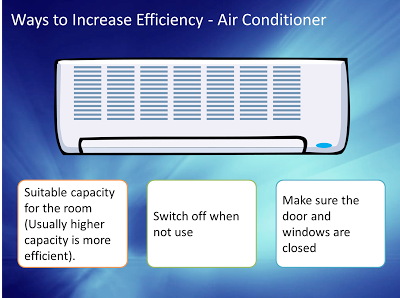 admin
admin
(Click on the image to enlarge)
Radioactivity is the last chapter in Malaysia Form 5 Physics. This is relatively short topic. Image above shows the mind map of this chapter. Under Radioactivity, we discuss what does it mean by radioactivity, the characteristics of radioactive emission, radioactive decay, the detector of radioactive emission, half life and the uses of radioisotopes.
SPM Form 4 Physics Chapter 3 – Force and Pressure
- Understanding Pressure
- Numerical Problems (Download questions (pdf))
- Applications of High Pressure
- Applications of Low Pressure
- Pressure in Liquid
- Numerical Problems (Download questions (pdf))
- Pressure in Liquid – The U-Tube (Download questions(pdf))
- Characteristics of Liquid Pressure
- Applications of Pressure in Liquid
- Gas Pressure
- Atmospheric Pressure
- Proof of Existence of Atmospheric Pressure
- Applications of Atmospheric Pressure
- Instruments to Measure Atmospheric Pressure
- Instruments Used to Measure Gas Pressure
- Gas Trapped in a Capillary Tube (Download questions (pdf))
- Pascal’s Principle
- Numerical Problems (Download questions (pdf))
- Applications of Pascal’s Priciple
- Structure Question (Download questions (pdf))
- Archimedes’ Principle
- Numerical Problems (Download questions (pdf))
- Principle of Floatation
- Buoyant Force and Weight of Object
- Forces Acted on Objects Immersed in Liquid
- Applications of Archimedes’ Principle
- Structure Question (Download questions (pdf))
- Bernoulli’s Principle
- Experiments Related to Bernoulli’s Principle
- Applications of Bernoulli’s Principle
- Structure Question 1 (Download questions (pdf))
Efficiency
Efficiency
The efficiency of a device is defined as the percentage of the energy input that is transformed into useful energy.
Example:
In the example above, the input power is 100J/s, the desire output power (useful energy) is only 75J/s, the remaining power is lost as undisire output. Therefore, the efficiency of this machine is
In the example above, the input power is 100J/s, the desire output power (useful energy) is only 75J/s, the remaining power is lost as undisire output. Therefore, the efficiency of this machine is
Efficiency= 75 100 ×100%=75%
Air Conditioner
- Switch off the air conditioner when not in use.
- Buy the air conditioner with suitable capacity according to the room size.
- Close all the doors and windows of the room to avoid the cool air in the room from flowing out.
Refrigerator
- Always remember to close the door of refrigerator.
- Open the refrigerator only when necessarily.
- Always keep the cooling coil clean.
- Defrost the refrigerator regularly.
- Choose the refrigerator with capacity suitable for the family size.
- Refrigerator of large capacity is more efficient compare with refirgerator of small capacity.
Lamp or Light Bulb
- Use fluorecent bulb rather than incandescent bulb. Fluorescent bulbs are much more efficient than incandescent bulbs.
- Use a lamp with reflector so that more light is directed towards thr desirable place.
Washing Machine
- Use front-loading washing machine rather than top-loading wahing machine because it uses less water and electricity.
- Use washing machine only when you have sufficient clothes to be washed. Try to avoid washing small amount of clothes.


















